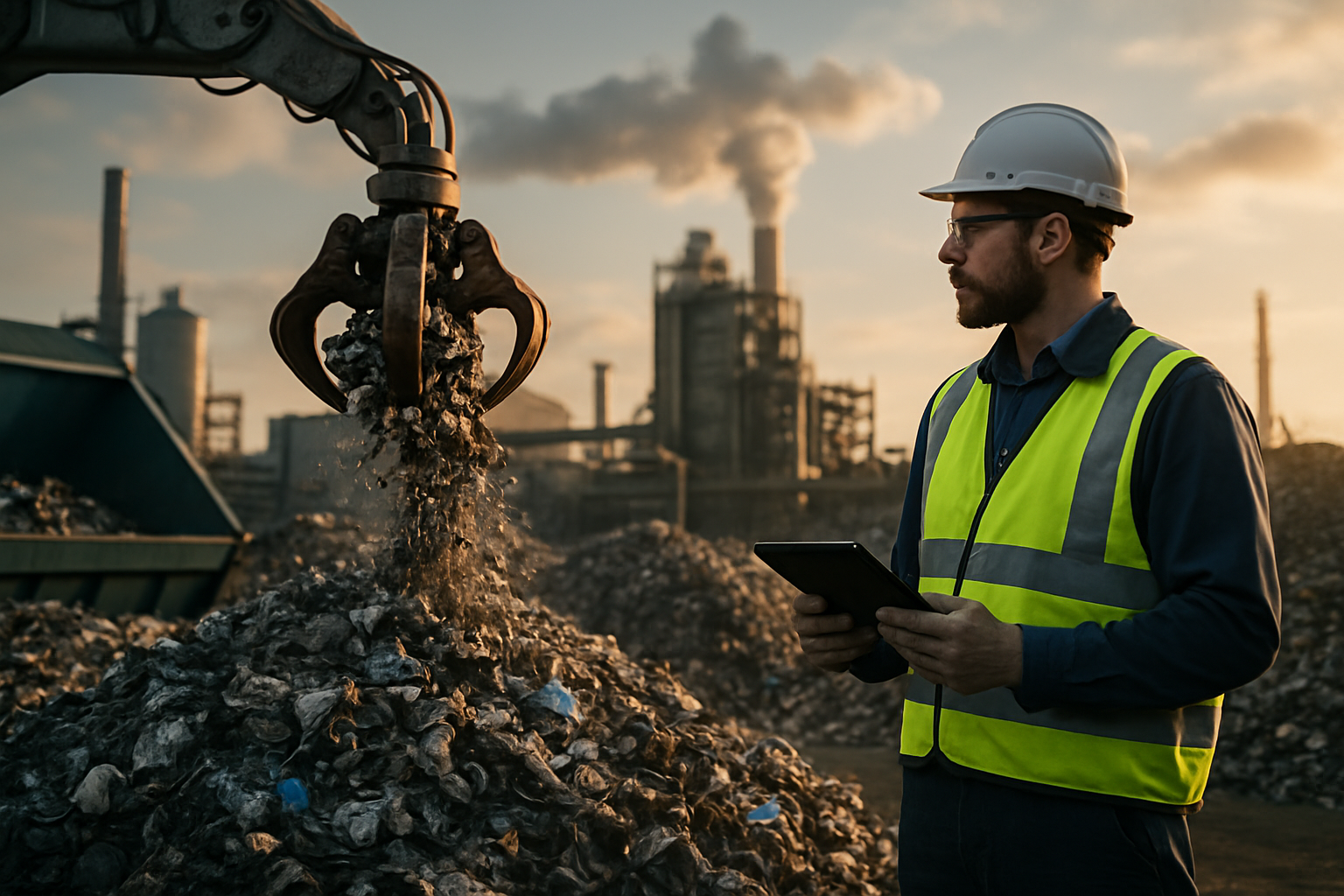Professional Equipment, Timing, and Insurance for Tree Care
Professional tree care encompasses far more than simply cutting down trees. From specialized removal machinery to optimal timing considerations and comprehensive insurance coverage, understanding these elements helps property owners make informed decisions about their tree care needs. Modern tree care operations rely on sophisticated equipment, strategic planning, and proper risk management to deliver safe, effective results.

Understanding Property Plant and Equipment Policy Coverage
Property plant and equipment policies play a crucial role in tree care operations, providing essential coverage for the valuable machinery and tools required for professional arboricultural work. These comprehensive insurance policies protect contractors against potential losses from equipment damage, theft, or operational accidents. For property owners hiring professionals, understanding whether contractors carry adequate equipment coverage ensures protection against liability and guarantees professional service delivery.
Equipment policies typically cover specialized machinery, hand tools, climbing gear, and transportation vehicles used in tree care operations. This coverage becomes particularly important when considering the high value of modern tree removal equipment and the potential risks associated with tree work near structures or power lines.
Tree Removal Machine Types and Applications
Tree removal machines have revolutionized the industry, offering safer and more efficient alternatives to traditional manual methods. Stump grinders represent one of the most common pieces of specialized equipment, capable of reducing tree stumps to wood chips below ground level. These machines range from compact walk-behind units suitable for residential properties to large track-mounted grinders for commercial applications.
Crane operations provide another essential machine category, particularly valuable for removing large trees in confined spaces or near structures. Bucket trucks enable arborists to reach significant heights safely, while chippers process removed branches and foliage into manageable wood chips. Each machine type serves specific purposes, and professional contractors select appropriate equipment based on job requirements, site conditions, and safety considerations.
Optimal Time of Year for Tree Removals
Timing tree removal operations strategically can significantly impact both cost and effectiveness. Late fall through early spring generally represents the ideal window for most tree removal projects, as trees enter dormancy and wildlife activity decreases. During this period, reduced sap flow minimizes mess and staining, while bare branches provide better visibility for assessment and cutting.
Winter months offer additional advantages, including frozen ground that supports heavy equipment access and reduced impact on surrounding vegetation. However, emergency removals may be necessary regardless of season, particularly following storm damage or when trees pose immediate safety hazards. Professional arborists evaluate multiple factors including tree species, local climate conditions, and specific project requirements when recommending optimal removal timing.
| Service Type | Provider | Cost Estimation |
|---|---|---|
| Basic Tree Removal | Local Arborists | $300-$1,500 per tree |
| Stump Grinding | Specialized Services | $75-$400 per stump |
| Emergency Removal | 24/7 Services | $500-$3,000+ per tree |
| Crane-Assisted Removal | Equipment Specialists | $1,000-$5,000+ per job |
Prices, rates, or cost estimates mentioned in this article are based on the latest available information but may change over time. Independent research is advised before making financial decisions.
Safety Considerations and Professional Standards
Professional tree care prioritizes safety through comprehensive training, proper equipment maintenance, and adherence to industry standards. Certified arborists undergo extensive education covering tree biology, cutting techniques, and hazard assessment. This expertise proves invaluable when evaluating complex removal scenarios or determining whether trees require removal versus alternative treatments.
Insurance requirements extend beyond equipment coverage to include public liability and workers’ compensation policies. Reputable contractors maintain current certifications, proper licensing, and comprehensive insurance coverage to protect both their operations and client properties.
Environmental Impact and Waste Management
Modern tree care operations emphasize environmental responsibility through sustainable practices and efficient waste management. Removed tree material rarely goes to landfills, instead being processed into useful products including mulch, firewood, and lumber. Many companies operate wood recycling programs, converting tree waste into valuable resources for landscaping and construction applications.
Proper disposal methods also consider environmental regulations and local requirements. Professional contractors understand permit requirements, protected species considerations, and seasonal restrictions that may affect tree removal projects.
Tree care operations require careful coordination of specialized equipment, optimal timing, and comprehensive insurance coverage to deliver professional results. Property owners benefit from understanding these elements when selecting contractors, ensuring projects proceed safely and efficiently while protecting their investments and surrounding landscapes.




